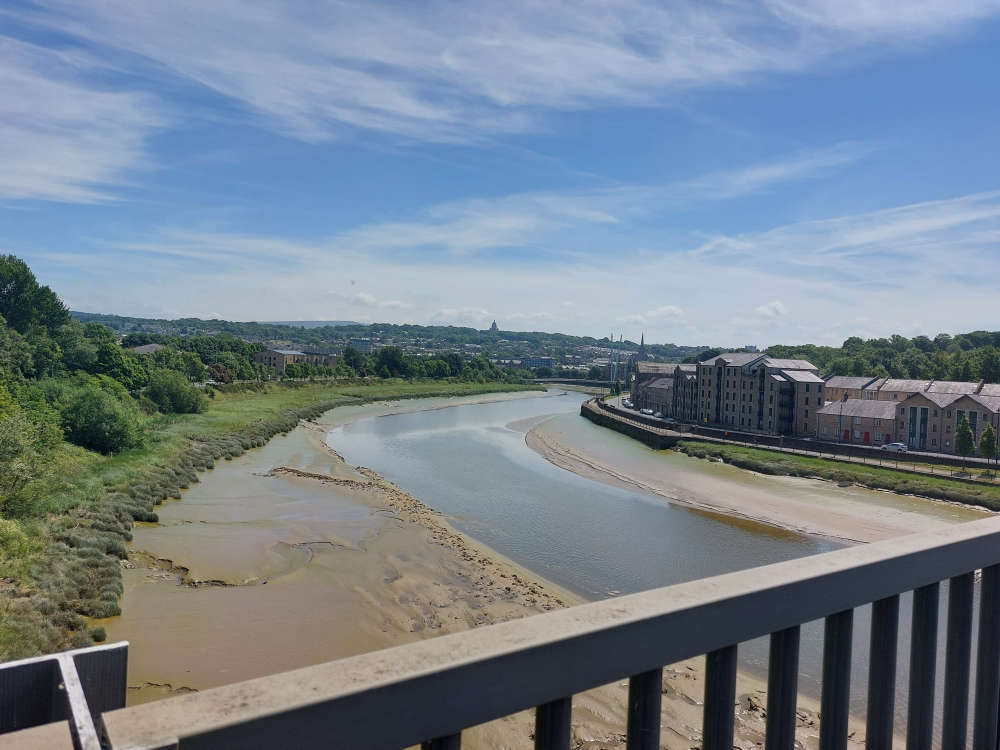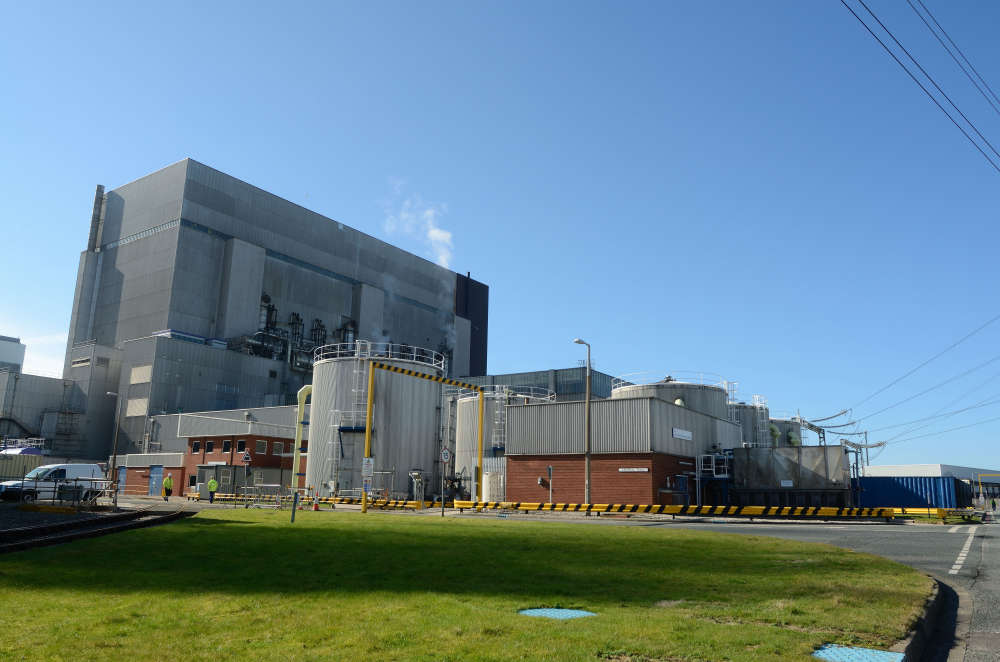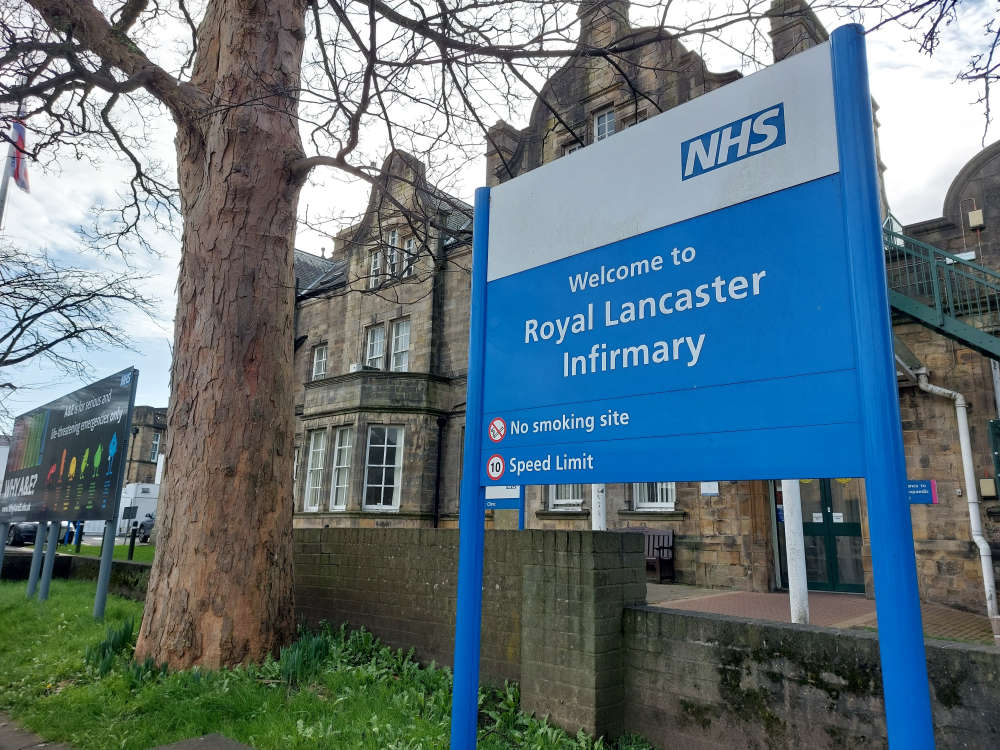
Drought has been officially declared across the north west of England after the driest start to spring for 69 years.
The Environment Agency (EA) declared drought, saying many reservoirs in the region are at historic low levels for the time of year, and river flows across the north west have been exceptionally low for most of April and May but have responded to the recent rain.
Drought status was officially declared on May 21.
The north west has seen the third-lowest rainfall between February and April on record since 1871, while England as a whole has seen its driest period over those three months since 1929.
The Environment Agency will chair a National Drought Group meeting on June 5.
River flows have been declining along with groundwater levels due to the dry March, April and start of May.
Reservoir storage levels in the region are also receding and are currently lower than they were at this time during the 1984, 1995 and 2022 drought years.
The EA said the recent rain, while welcome, is not enough to reverse the dry start to the year and expected hotter weather in the coming weeks is set to exacerbate the situation.
The regulator said the decision to move into drought status sees them increase their operational response while ensuring water companies step up the actions agreed in their drought plans.
This includes fixing leaks, communicating with customers and supporting them to reduce demand, and submitting drought permits to take more water, as needed.
These actions if taken in a timely manner will help preserve supplies for people and the environment.
The EA said they continue to work to ensure United Utilities acts in accordance with their drought plan.
Although the north west has experienced a dry start to the year, it is a mixed picture in other parts of England.
“Drought is a naturally occurring phenomenon," said Andy Brown, Drought Manager at the EA.
"As we see more impacts from climate change heavier rainfall and drier summers will become more frequent. This poses an enormous challenge over the next few decades.
“Despite the rain over the weekend levels remain low and we are encouraging people to be aware of the impacts of drought as we enter the summer period.
“With further unsettled periods and rainfall over the coming weeks we will continue to closely monitor the situation and implement our Drought Plan.”
Emma Hardy, Water Minister, said: “I am receiving regular updates from the Environment Agency.
“I’m doing everything in my power to hold United Utilities to account to ensure we have the regular supply of water that is needed across the region.
“The government is taking decisive action to secure our water supply for the decades to come. That’s why we are building nine new reservoirs and upgrading pipes to cut leakage by 17 per cent."
A United Utilities spokesperson, said: “We are grateful for the support of customers as we’ve seen demand reduce thanks to their efforts in saving water where they can, combined with more recent rainfall and cooler temperatures.
“Reservoirs, however, are still lower than we’d expect at this time of year and so we’re continuing to move water around our integrated network to get it to where it is needed, as well as bringing extra water into the system from other sources around the region.
“Leakage is at its lowest level and we’re repairing record volumes, with customers supporting us by reporting more leaks and we’d ask that they continue to do that as well as doing all they can to save and recycle water, to help protect their local environment.”
Periods of dry weather and low rivers can have several environmental consequences such as deoxygenating water. This can lead to fish kills, as well as more algal blooms and diminished river flow that prevents wildlife from moving up or downstream.
The Environment Agency is encouraging the public to report environmental incidents to their 24/7 hotline on 0800 80 70 60.
Defra has announced that the Environment Secretary was stepping in to speed up delivery for the first two major reservoirs since the 1990s as part of government action to secure our water supply for future generations.
What is drought?
There isn’t a single definition for drought so whilst it’s caused by a period of low rainfall, the nature, timing and impacts on people, the environment, agriculture or business will vary.
A decision to declare drought is taken based on reservoir levels, river flows and moisture in the soil along with consideration of the long-term weather forecasts. Droughts are often long-term events, starting as far back as the previous autumn with effects felt throughout the following seasons. Declaring drought status enables the Environment Agency to plan, deliver and manage actions in drought plans.
Some droughts are short and intense, caused by a hot, dry summer. Others are long and take time to develop over multiple seasons due to low amounts of rainfall.
The main types of drought, which may occur separately or together are:
- Agricultural drought – when there isn’t enough rainfall and moisture in soils to support crop production or farming practices such as spray irrigation.
- Environmental drought – when lack of rainfall has a detrimental impact on the environment and ecology.
- Water supply drought – when a lack of rainfall leads to concerns from water companies about supplies for their customers.
The Environment Agency (EA) monitors various indicators (such as rainfall, river flows, groundwater levels, reservoir storage, ecology, public water supplies) and will decide the level of drought an area is in.
The EA also chairs the National Drought Group, bringing together government, regulators, industry and other stakeholders to provide a multi-sector overview and strategic management of drought.


 TV star Brian Cox pays a visit to Lancaster’s Police Museum
TV star Brian Cox pays a visit to Lancaster’s Police Museum
 Morecambe Football Club confirm details of Fans’ Forum
Morecambe Football Club confirm details of Fans’ Forum
 Multiple people treated after carbon monoxide leak at Morecambe address
Multiple people treated after carbon monoxide leak at Morecambe address
 Heysham Power Stations alarm tests planned for Christmas Day and New Year's Day
Heysham Power Stations alarm tests planned for Christmas Day and New Year's Day
 LISTEN: St John's Hospice in Lancaster set for 40th anniversary year
LISTEN: St John's Hospice in Lancaster set for 40th anniversary year
 Second earthquake in a month shakes Lancaster and Morecambe Bay
Second earthquake in a month shakes Lancaster and Morecambe Bay
 LISTEN: Lancaster Samaritans are there for you at Christmas
LISTEN: Lancaster Samaritans are there for you at Christmas
 WATCH and LISTEN: Lancaster band's new music video for song written by Morecambe schoolchildren
WATCH and LISTEN: Lancaster band's new music video for song written by Morecambe schoolchildren
 Safer Pod launched to make Lancaster safer during ‘Winter of Action’
Safer Pod launched to make Lancaster safer during ‘Winter of Action’
 Police make two arrests after pedestrian critically injured in Morecambe hit and run
Police make two arrests after pedestrian critically injured in Morecambe hit and run
 D-Day war hero, 101, to receive Freedom of City of Lancaster
D-Day war hero, 101, to receive Freedom of City of Lancaster
 LISTEN: Beyond Radio helps Santa deliver presents from annual Christmas Toy Appeal
LISTEN: Beyond Radio helps Santa deliver presents from annual Christmas Toy Appeal
 Modern day mixtape to help fund reopening of Lancaster music facility
Modern day mixtape to help fund reopening of Lancaster music facility
 Police investigate Lancaster hate crime graffiti attacks
Police investigate Lancaster hate crime graffiti attacks
 Lancaster man jailed again days after being released from prison
Lancaster man jailed again days after being released from prison
 Royal Lancaster Infirmary ward reopens to visitors following norovirus outbreak
Royal Lancaster Infirmary ward reopens to visitors following norovirus outbreak
 Future of Lancaster day care facility left unclear after council announcement
Future of Lancaster day care facility left unclear after council announcement
 Police appeal to help find missing teenager with Lancaster links
Police appeal to help find missing teenager with Lancaster links
 Pedestrian critically injured in hit and run in Morecambe
Pedestrian critically injured in hit and run in Morecambe
 Have you say on how £20m is to be spent in Morecambe’s West End
Have you say on how £20m is to be spent in Morecambe’s West End









